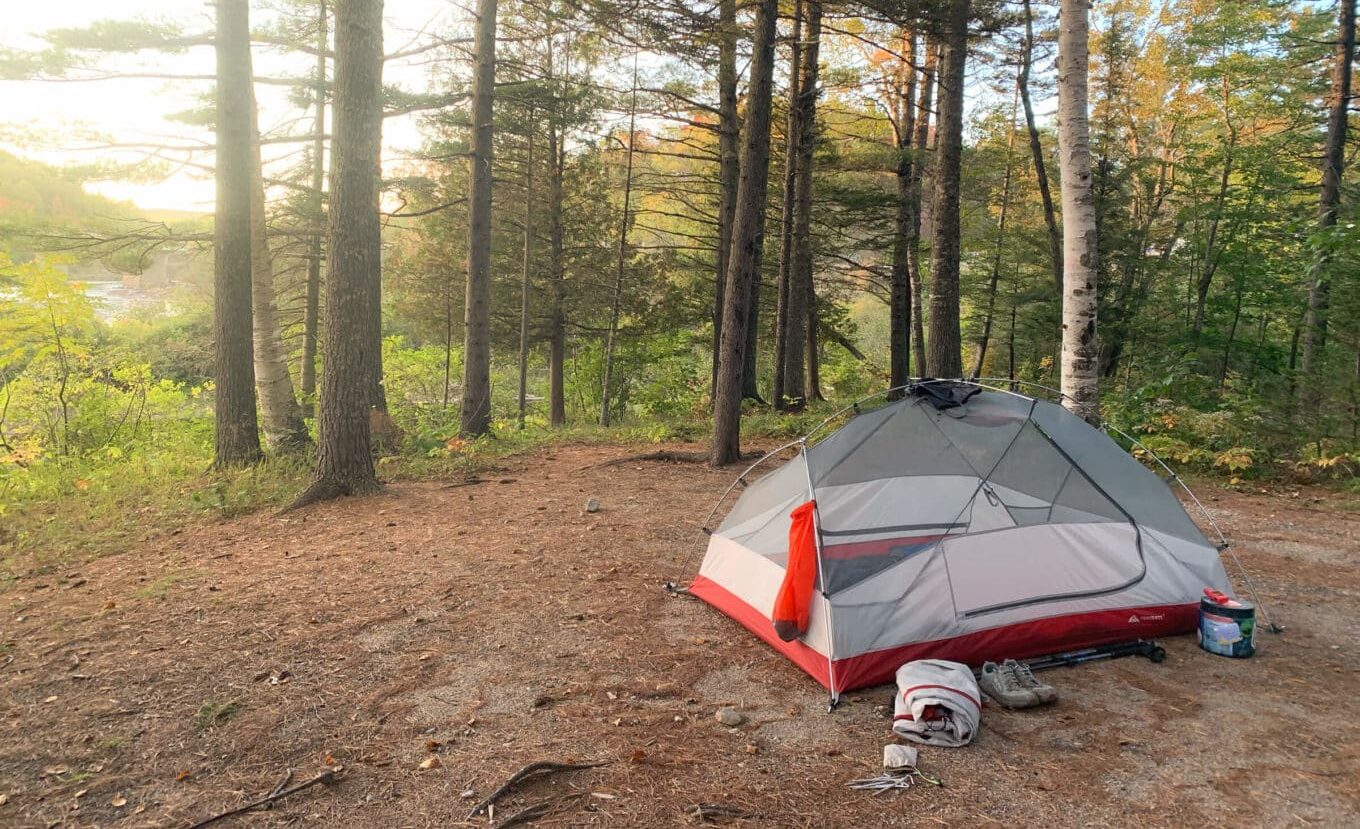“There’s absolutely nothing I can do against a momma bear and three cubs … All I did was scream and cough but it did absolutely nothing because there was food there.” How does someone get in this situation: lying in their tent, miles from the closest road, listening to four bears try their hardest to get their food? To answer that question, meet Kaitlyn King, a long distance thru-hiker who took on the famed Appalachian Trail. Her story captures the best and worst of thru-hiking and why bear canisters are more important than ever.
After pondering the trail since college, Kaitlyn and her fiancé decided to turn the dreaming into doing and set foot onto the trail in the spring of 2021. Seven months and 2,200 miles of hiking later Kaitlyn would stand proudly atop Maine’s Mt. Katahdin, the northern terminus of the trail. Along the way Kaitlyn experienced challenging weather conditions, euphoric moments, wild overcrowding, many miles of trail, and one incredible bear encounter.
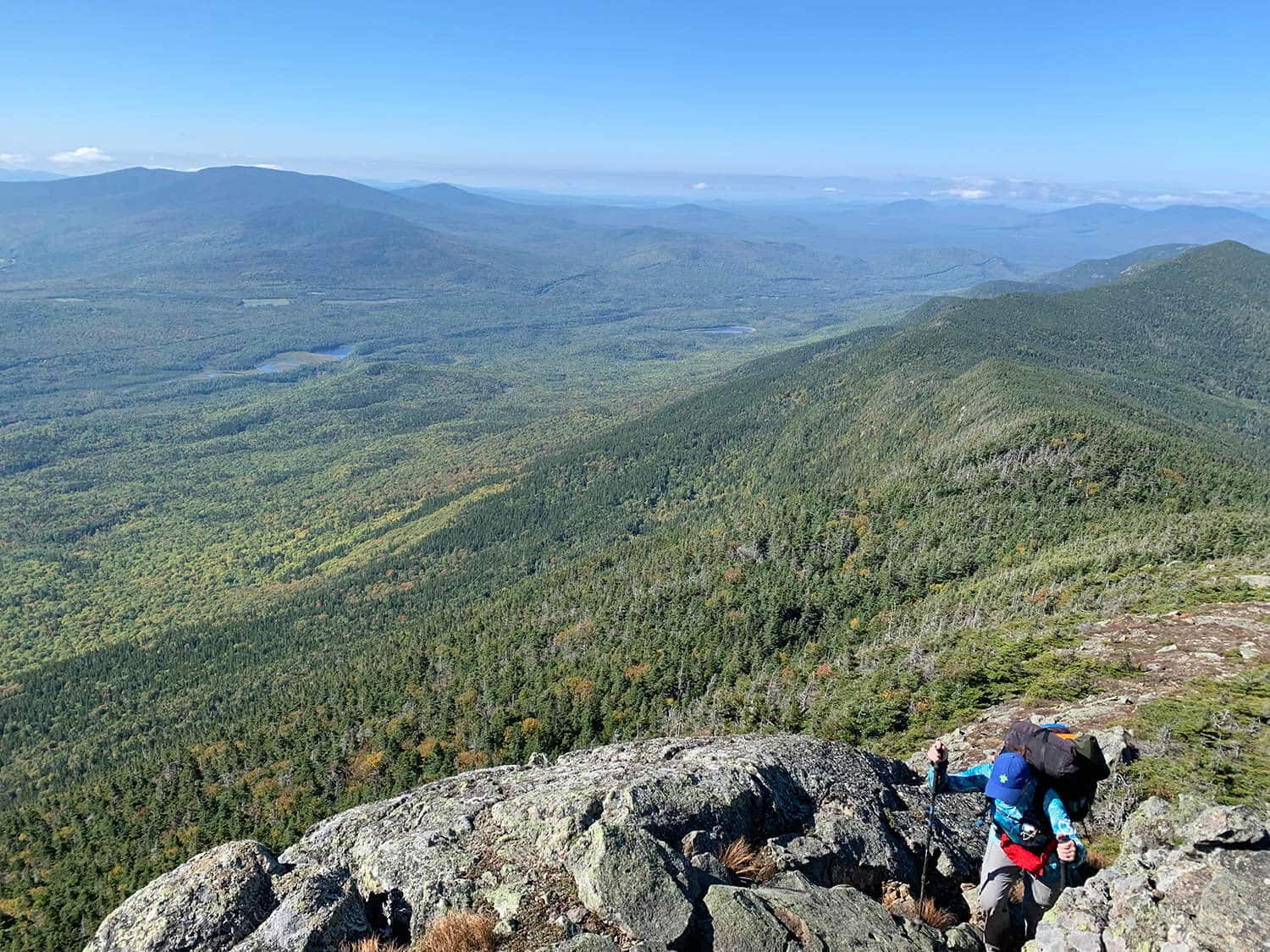
The Hike
For the uninitiated, the Appalachian Trail is the oldest long distance hiking trail in the world. It stretches from Springer Mountain, near Georgia’s Amicalola falls, up through fourteen states of rugged mountain wilderness along the crest of the Appalachian mountains before culminating atop mighty Mt. Katahdin in Maine. Since 1936, an estimated 20,000 individuals like Kaitlyn have successfully hiked the trail.
In addition to the strain on one’s body that comes with hiking day in, day out for four to seven months, hikers must also manage steep and muddy trails, insects, rain, cold in the spring, a muggy hot summer, plummeting fall temperatures, habituated bears, and other challenges rarely found in “normal” life.
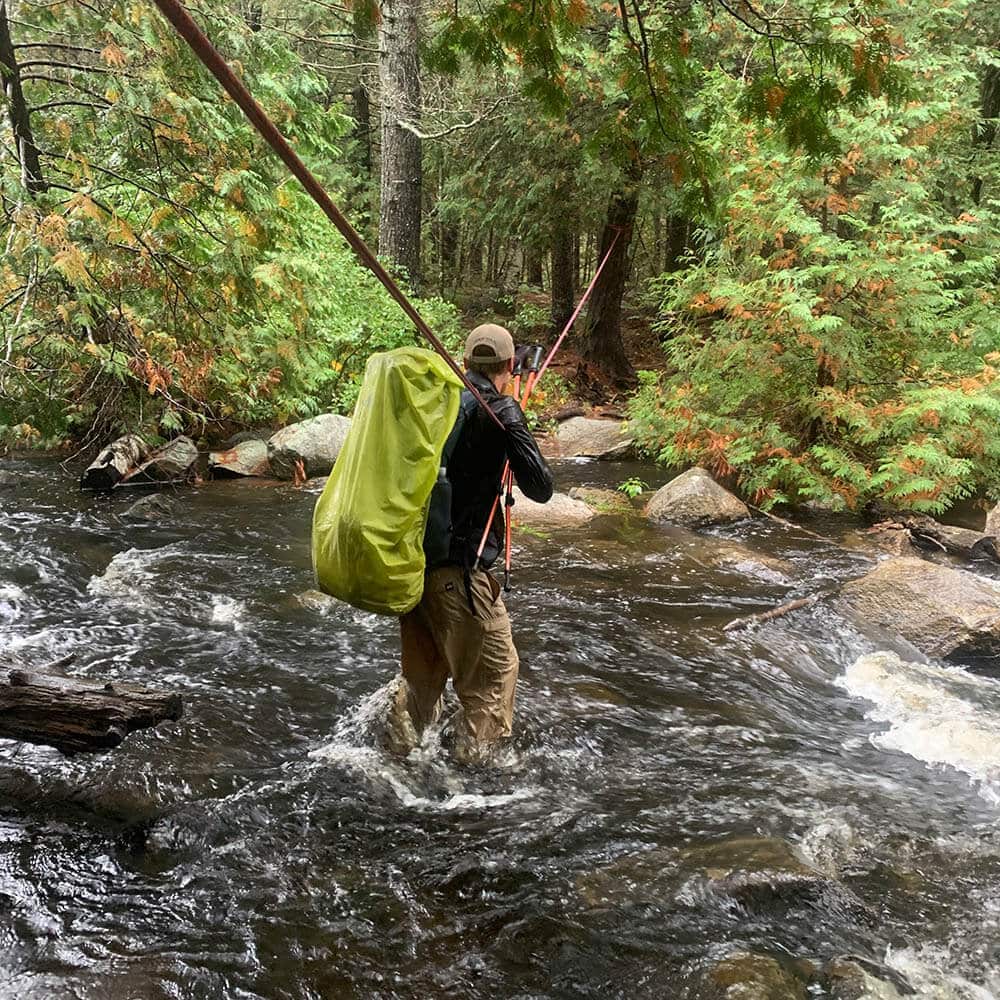
Kaitlyn and her fiance had only minimal backpacking experience and heavy packs when they started out. After reaching Neels gap, about 30 miles into the trail, the reality of the challenge ahead hit Kaitlyn. “We were like, holy cow, what did we get ourselves into? We start seeing people quit, it starts getting insanely crowded … we started really getting a new perspective.
If you’re new to backpacking, check out our comprehensive guide!
The Crowds
The Appalachian Trail Conservancy (ATC), which manages, advocates for, and protects the trail, calculates that hiker traffic has more than doubled in the last decade. That increase has been combined with many new participants that enter the backcountry with limited planning and knowledge of Leave No Trace principles. This has strained the fragile wilderness landscape and the wildlife in the landscape to the breaking point in many locations. Some places like North Carolina’s Max Patch, have become so overused and littered with trash and human waste that land managers have made the difficult decision to close these areas so they can recover.
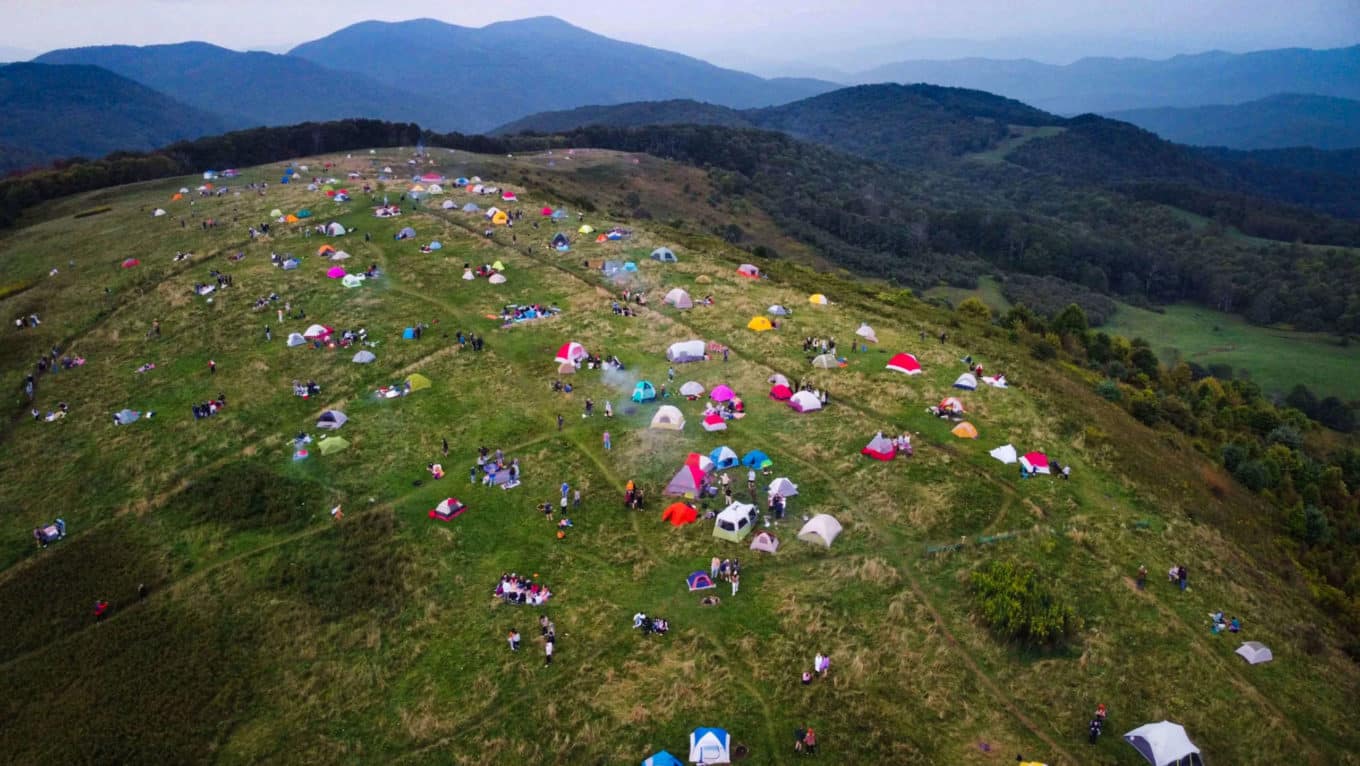
Kaitlyn first experienced overcrowding issues at Fontana Dam in North Carolina. The hotel where she planned to rest and recharge was sold out. The backup plan was a hiker shelter. These shelters are a type of simple wood & stone structure commonly found along the trail that are designed to keep hikers out of the rain and wind at night. However, like the hotel, the shelter was full. “The shelter was beautiful but way overcrowded, there were people everywhere and there was a storm coming in.” Kaitlyn was faced with a challenging problem: she did not want to start into Great Smoky Mountains National Park with a storm bearing down. However, out of options, she chose to push on – into the storm. The storm arrived, bringing the freezing conditions Kaitlyn feared the most. “We’re just going to try to push through the Smokies, so we got up there, froze our tails off and had to sleep in -7 degrees cold.”
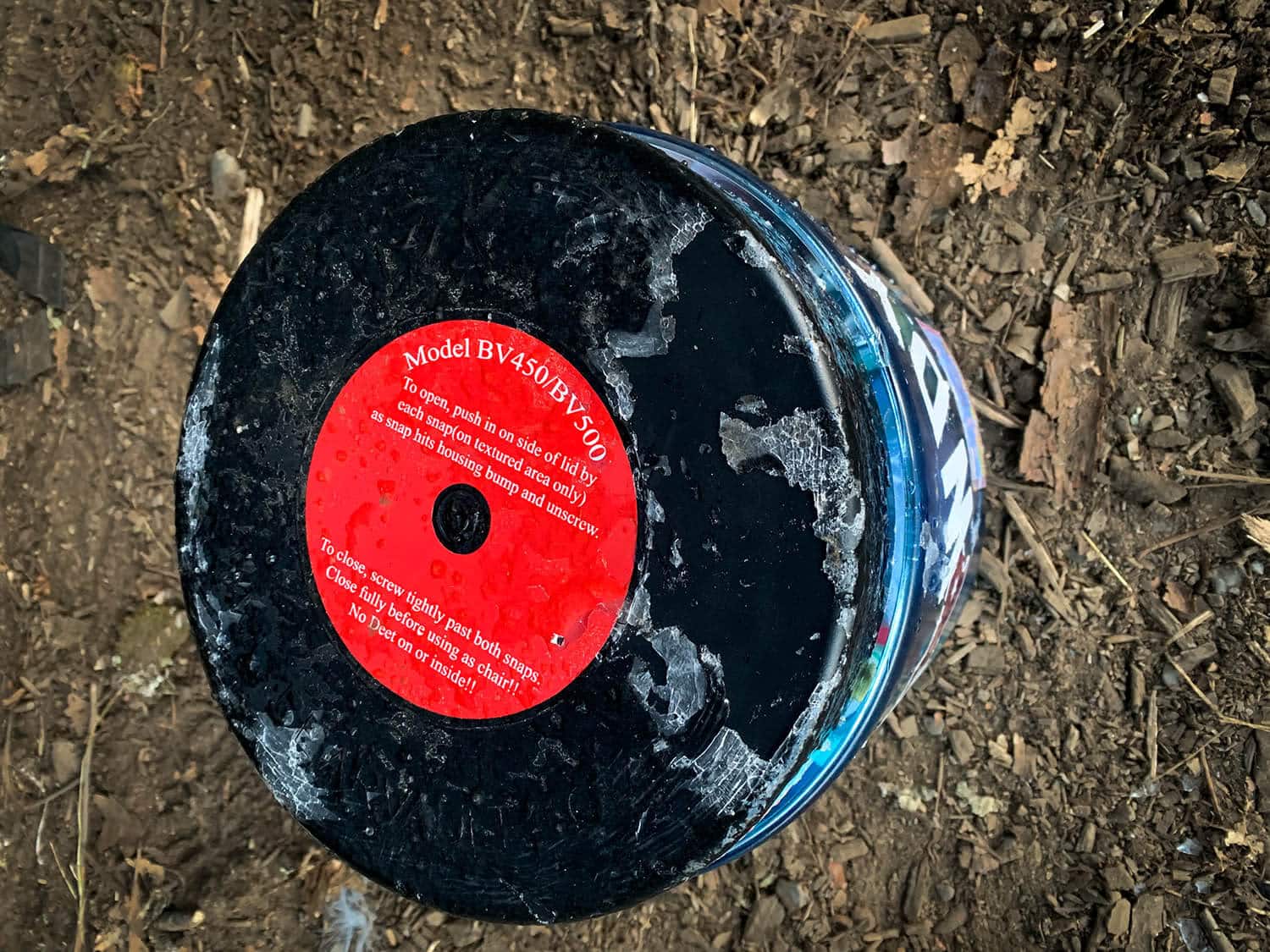
The Great Ursus Americanus Encounter
The challenges caused by crowds on the trail followed Kaitlyn out of Great Smoky Mountain National Park. Now several miles out of the park and recovered from the storm, Kaitlyn stopped for the night near Deep Gap, NC hoping to stay in the Groundhog Creek hiker shelter. (About 5 miles from the aforementioned Max Patch) The shelter was completely full so Kaitlyn and her fiancé found a more secluded campsite away from the shelter to pitch their tent. She was already on edge after hearing reports of bear activity in the area. However, she felt secure knowing how many people were in the area and that she had her trusty BearVault BV450 bear canister.
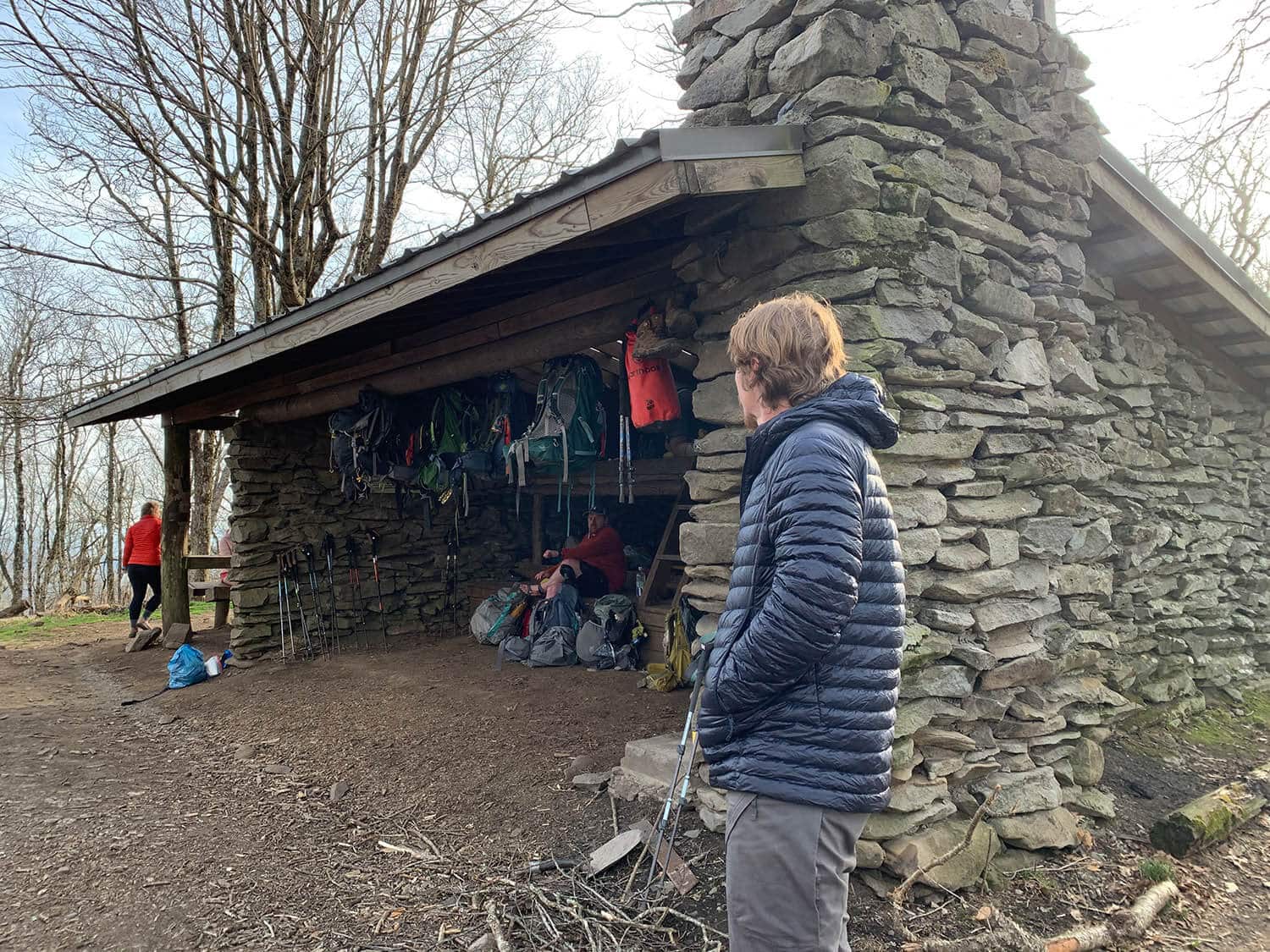
“About midnight that night we hear baby bears roaming around camp sniffing and playing with each other” While initially calm, Kaitlyn’s concern grew. “Then we heard them focus on the area where our food is” The bears initially gave up, creating a sense of relief that was quickly vanquished when they returned with mama bear. “30 minutes after that we wake up again, they brought mama bear back.” Kaitlyn listened to the bears focus on one hiker’s food which was only stored in a kevlar bag tied to a tree. “We hear them actually getting to the bag and clawing at it – you could literally hear them tear into the tortillas.”
All I did was scream and cough but it did absolutely nothing because there was food there.
-Kaitlyn King
After devouring the improperly stored food, the bears persisted in their search for human food, despite Kaitlyn and her fiance trying to scare them away. “All I did was scream and cough but it did absolutely nothing because there was food there.” After two additional hours of focusing on Kaitlyn’s BearVault BV450, the bears finally conceded defeat and left the campsite.
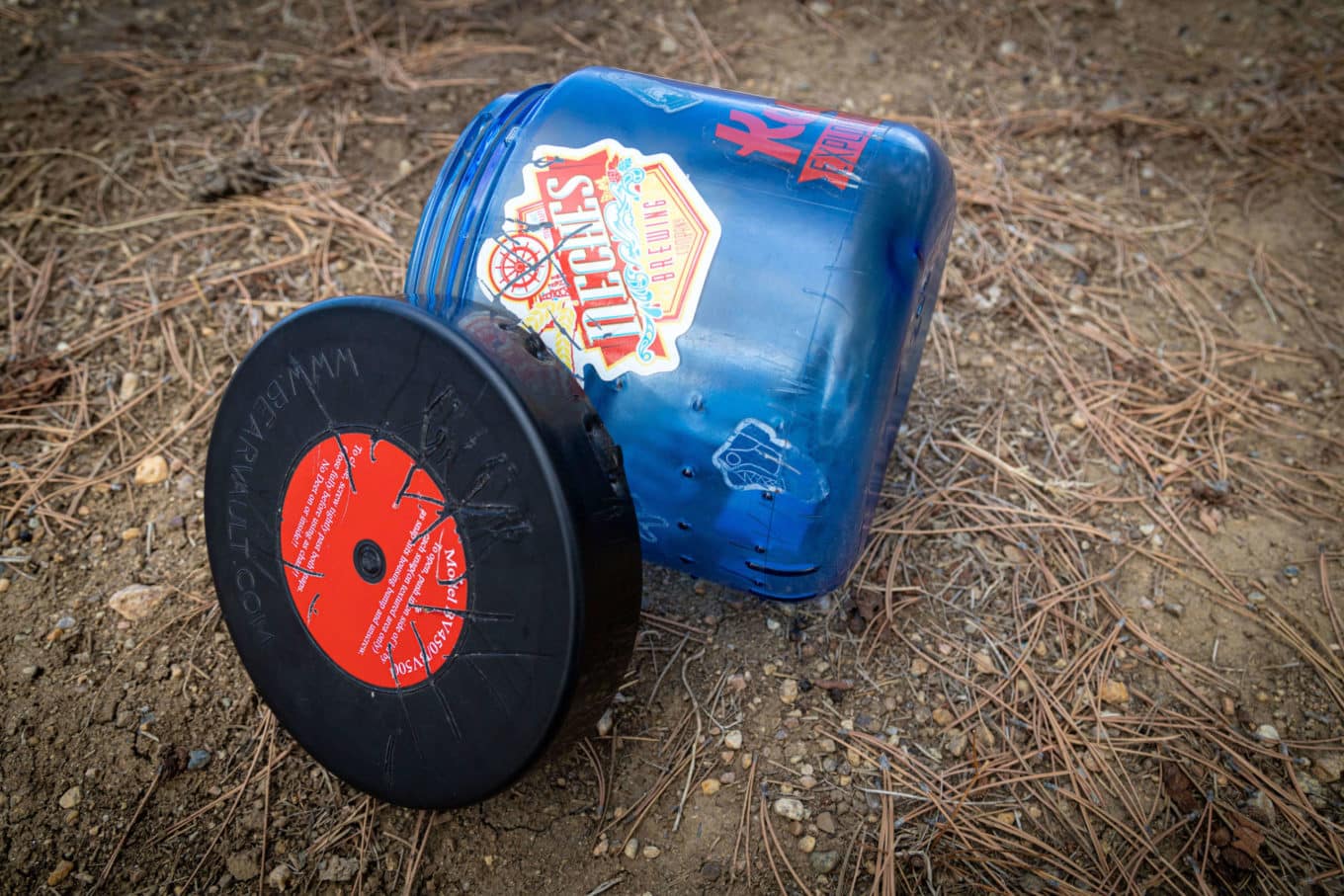
The next morning, Kaitlyn found the canister rolled a short distance up a slope from where she had stashed it. “The entire thing was intact, all the food was good, there was just some puncture marks where the claws dug in and scratching where they had tried.” Her BearVault had defended her food which meant she would not be going hungry or have to turn back. Instead she was able to continue the next 30 miles to her resupply point where she got in touch with BearVault. Customer service sent her a new canister on the trail just a few days later.
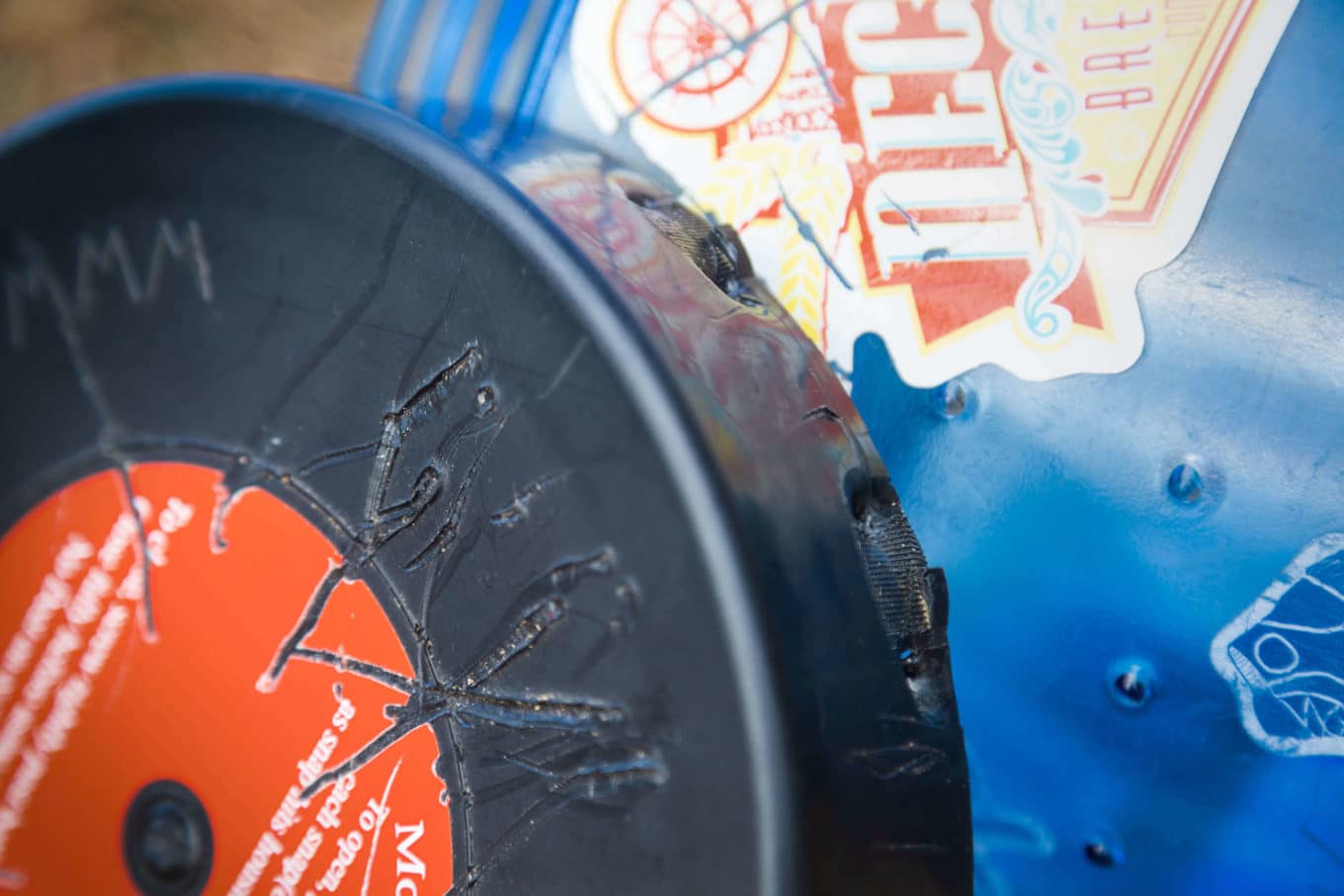

Lessons Learned
Kaitlyn had read information from the ATC as well as in blogs and guides that stressed the importance of proper food storage. “They all said bear cans are better…and I was like- I mean heck, I’m from Texas – we don’t have bears, they do, I should probably listen”
Reflecting back on her journey, after the bear incident her BearVault became one of her most cherished items in her pack. After covering grueling miles each day she looked forward to having a seat to sit on when cooking and relaxing and not having to fiddle with stringing food up when it came time to sleep. “I would just set my bear can there while they still had to figure out how to keep rats off of them and everything and it was nice that I didn’t have to worry about it. I had another bragging right basically.”
Oh yeah, rats and mice. Especially around the Appalachian Trail’s hiker shelters, voracious rats and mice, or as some call them “mini-bears” aim to feast on unsecured morsels of food. Speaking of the rats, Kaitlyn said “they don’t care if your food is put away safely or not – they will still bug you – get on our sleeping pads and walk right over you.” With a bear canister you can’t stop their curiosity but you can protect your food from being consumed and infected with rodent-borne disease.
I would just set my bear can there while they still had to figure out how to keep rats off of them and everything and it was nice that I didn’t have to worry about it. I had another bragging right basically.
-Kaitlyn King
The BearVault also defended the food inside from more than animals. Speaking of another hiker’s pack she said “even with the waterproofing and everything else on his pack, stuff still got wet, it got soaked even in ziplock bags and crushed. I got to carry all the pop-tarts [in my canister] and they were all in one piece and it was magical at the end of a rainy day”
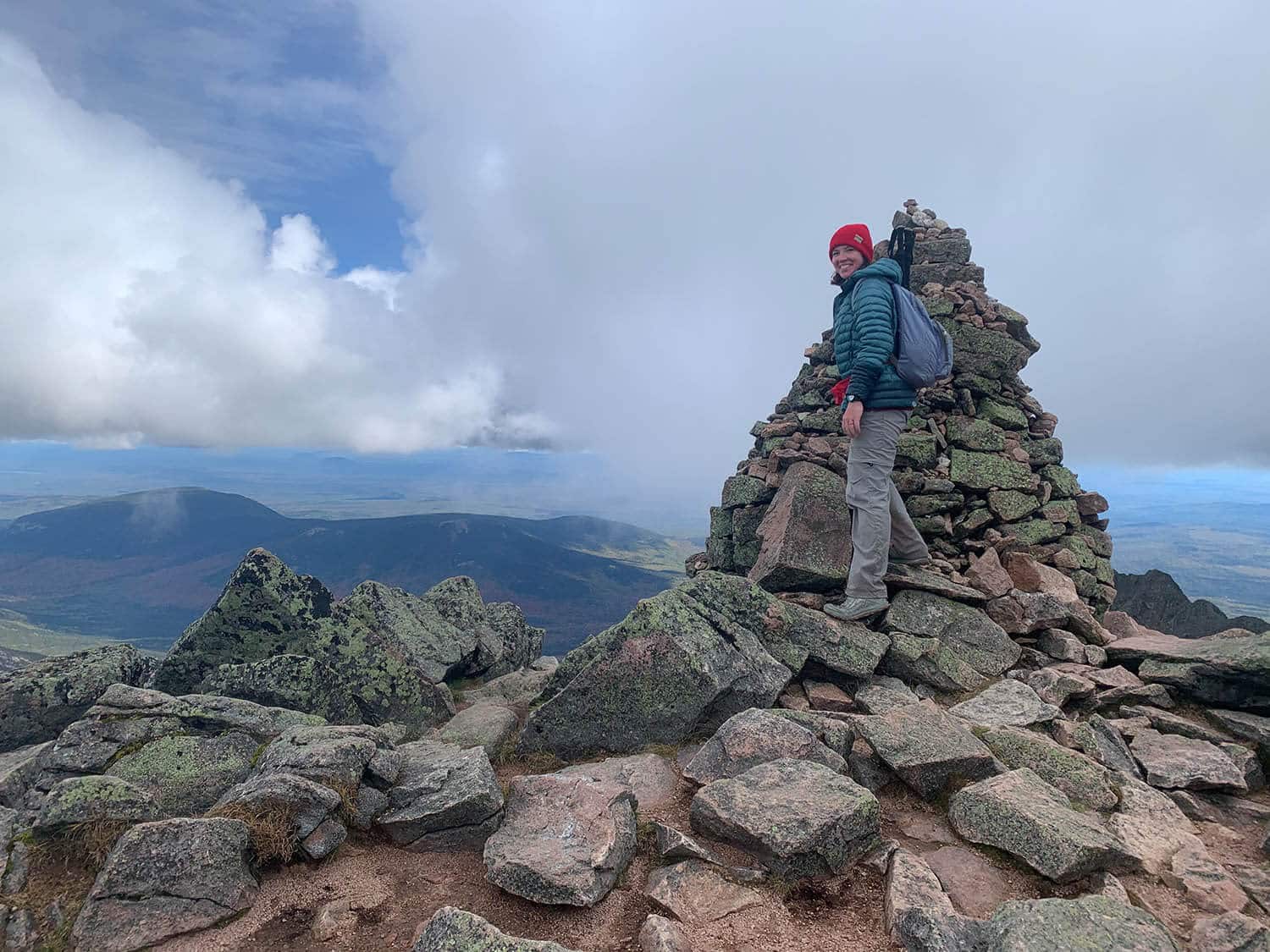
Kaitlyn’s story highlights the importance of proper food storage. With more hikers on the trails, experiences like Kaitlyn’s will become the norm unless backpackers take responsibility for their food and carry bear canisters. Choosing to carry a bear canister is about putting nature first and protecting bears, your safety, and the safety of those who come after you. When canisters are used by everyone, experiencing bears can remain one of the most magical parts of a thru-hike rather than one of the worst. Plus, keeping mice out, food dry, pop-tarts intact – while serving as a great stool and effortless storage at the end of the day – are all added perks.
Pro Tip: After the hike, Kaitlyn used her BearVault to protect gifts and souvenirs from beary rough baggage handlers on the flight home.
Looking Back and Taking Next Steps
Kaitlyn emphasizes that despite the cold, crowds, and creatures, a hike on the Appalachian trail was still an incredible experience full of joy. On a perfect day in late September, Kaitlyn scrambled up the rocky and exposed slopes of Mt. Katahdin – the trail’s northern terminus. She stood at the top, 2,200 miles and almost seven months from where she began. “It was like I am really here, did I just really do that. You want to cry, but then you are too proud to cry”
You want to cry,
but then you are too proud to cry
-Kaitlyn King
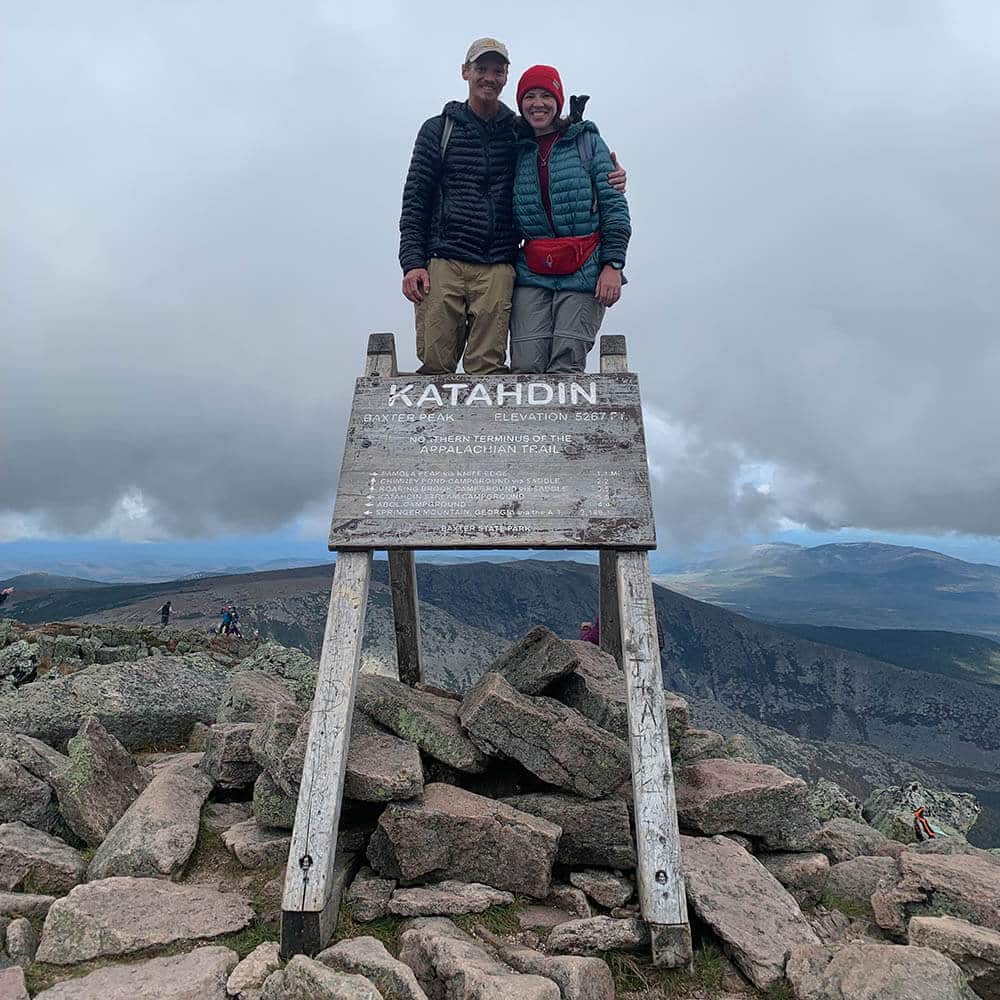
After descending Katadhin’s craggy slopes and a flight back to Texas she quickly launched back into “normal life.” That transition can still be shocking for Kaitlyn. “Every now and then I’m just like; holy cow. I hiked for seven months… then you keep moving on.”
While not interested in repeating the Appalachian trail or immediately taking on another trail like the PCT, Kaitlyn has caught the hiking bug. She is already planning shorter backpacking trips in Texas, Colorado, and New Zealand. You can be sure that she will pack her BearVault on all her adventures in bear country.

